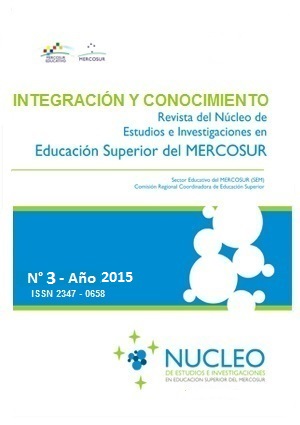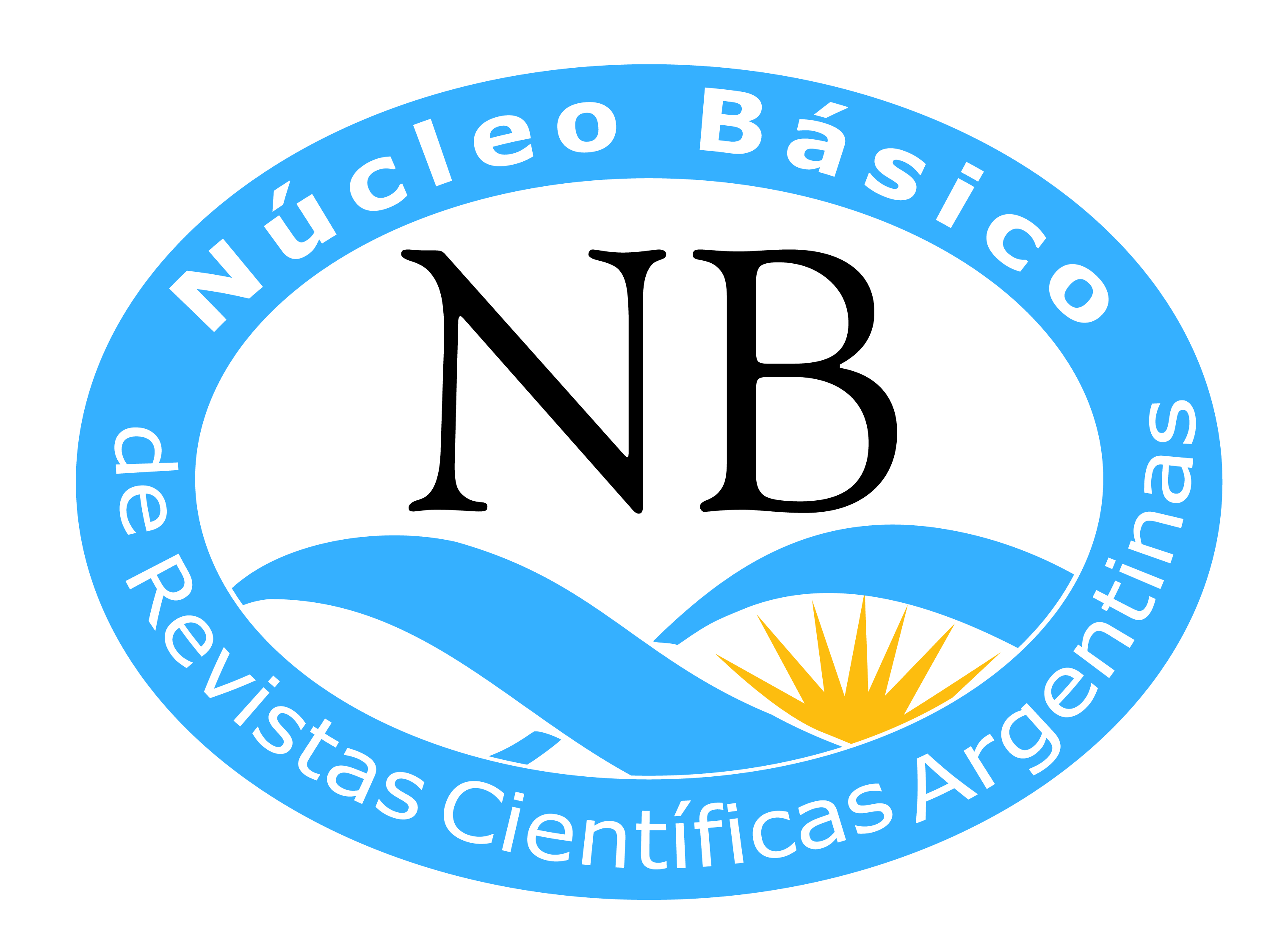Internacionalización de la educación superior y la ciencia en América Latina: un estado del arte
DOI:
https://doi.org/10.61203/2347-0658.v4.n0.12557Abstract
América Latina, região contida entre o extremo sul patagônico e as fronteiras inferiores estadunidenses, e dividida em duas Américas, a do Sul e a Central. As nações que a compõe compartilham gêneses semelhantes. A principal similitude: compartilharam do estilo ibérico de ocupação, e desta se desvencilharam, principalmente, no século XIX. Analisando a linha histórica que baliza o surgimento das universidades na região (sob os ditames curriculares da igreja católica e de seus estados-mãe) constata-se o pioneirismo do império espanhol, que criou as primeiras, em algumas colônias, ainda nos séculos XVI e XVII. No Brasil a primeira instituição de ensino superior com status de universidade foi a Universidade de Manaus (1909), atual Universidade Federal do Amazonas. Mesmo com essas possibilidades de se obter educação formal, é sabido que, sobretudo, famílias abastadas das colônias ibéricas, antes (e mesmo depois) das respectivas independências enviavam seus filhos para Paris, Salamanca, Madri, Coimbra e Lisboa, para que retornassem doutos.
Downloads
Downloads
Published
Issue
Section
License
Authors who have publications with this journal accept the following terms:
a. Authors shall retain their copyright and guarantee the journal the right of first publication of their work, which shall simultaneously be subject to the Creative Commons License of Recognition which allows third parties to share the work as long as its author is indicated and its first publication is this journal.
b. Authors may adopt other non-exclusive licensing agreements for the distribution of the published version of the work (e.g., depositing it in an institutional telematic archive or publishing it in a monographic volume) provided that the initial publication in this journal is indicated.
c. Authors are allowed and encouraged to disseminate their work via the Internet (e.g. in institutional telematic archives or on their website) after publication of the article, which may lead to interesting exchanges and increased citations of the published work. (See The Effect of Open Access).



